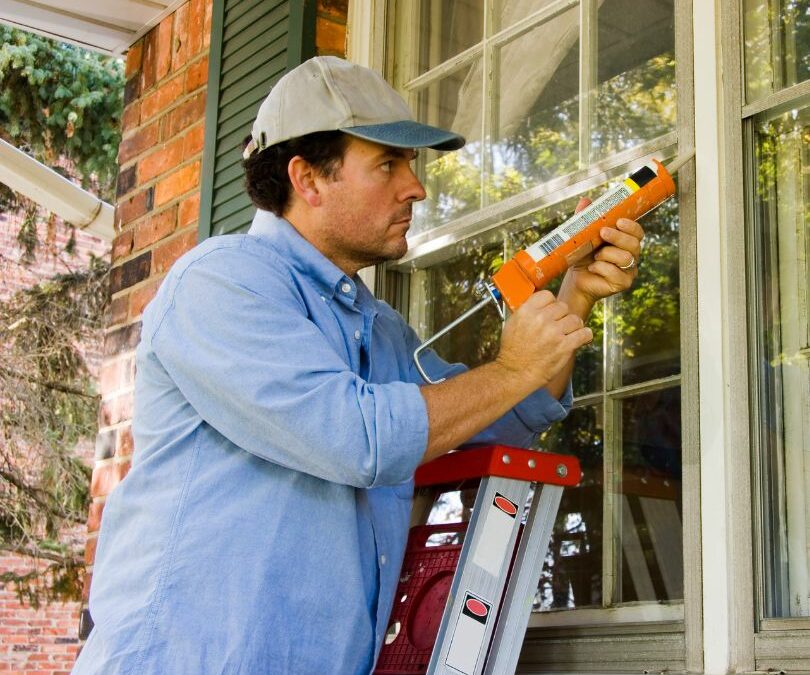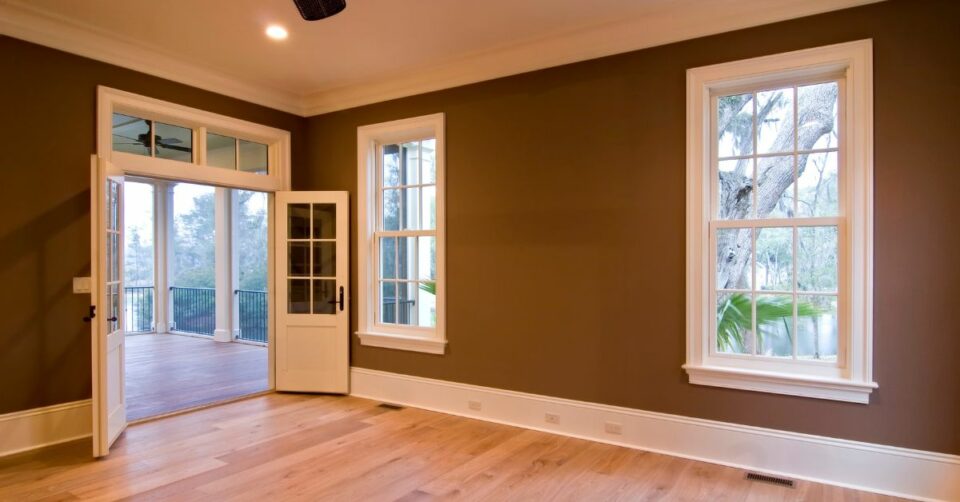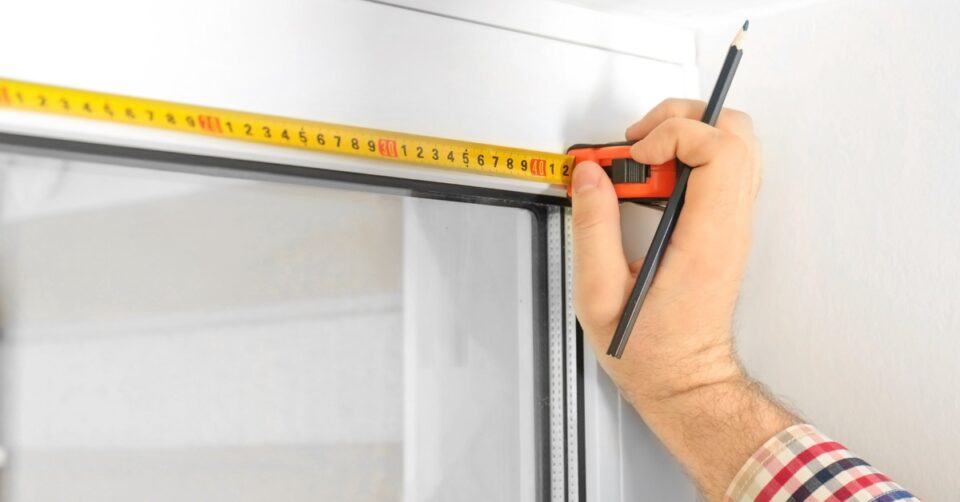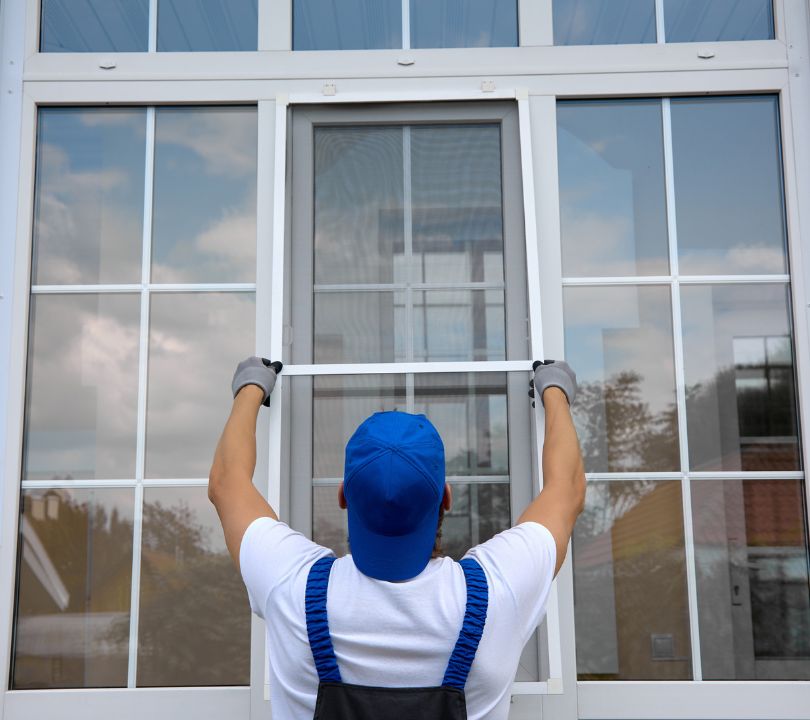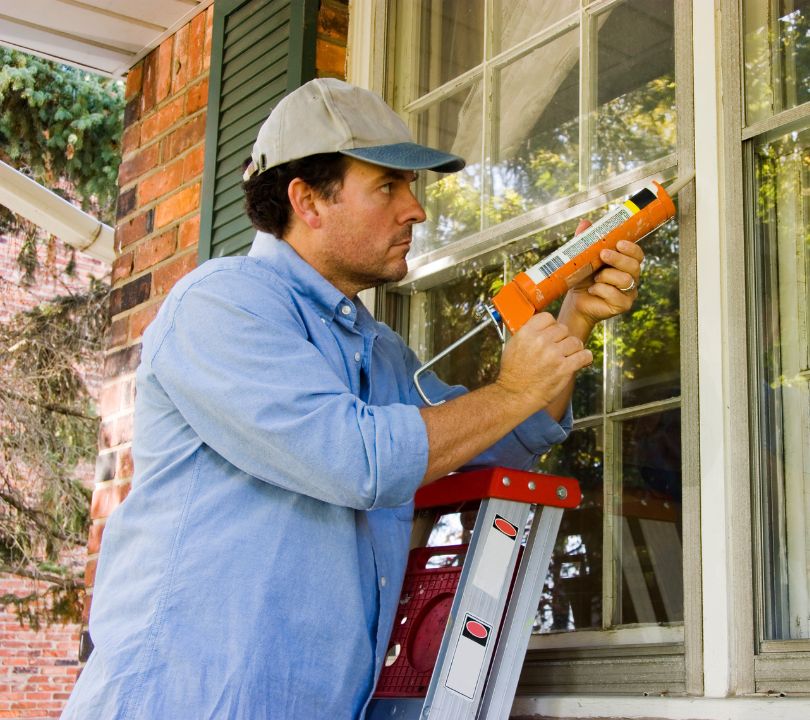
Being a homeowner is an incredible luxury that includes a long list of tax responsibilities and incentives. Understanding all that applies to you can be challenging because the improvements you make and the receipts you save become chaotic and hard to track. It’s worth investing in a home improvement file folder so that you can ensure you’re claiming the tax incentives you rightfully qualify for.
Appliances, exterior doors, home windows, and so much more may earn you tax relief. That is why holding on to all the documentation is critical. We crafted this homeowner’s guide to energy tax credits for new windows to shine a light on all you need to know about percentages, ratings, qualifications, and more. If this applies to you, get ready to claim your credits.
A Look at the Window Energy Tax Credit
The energy tax credit for windows and doors is the government’s way of incentivizing homeowners and commercial property owners to improve their property’s energy efficiency. These tax credits often go overlooked, but it’s worth noting their benefits as the annual tax credit, and monthly expenses will reflect these investments.
Many homeowners may suffer from rising energy demands month to month, but investing in an entirely new window system can help mitigate these rising costs. Things like weatherstripping, caulking, seals, and glass panes all age and degrade performance.
Updating these systems with energy-rated options helps on two levels. You can reduce your monthly financial burdens and then claim a tax credit worth up to 30 percent or $1200 in tax relief. The installations must comply with the government’s energy ratings.
The Importance of the Energy Star Label
The Energy Star label is a government-backed and verified label on windows that meet or exceed the correct guidelines. This will signal to the homeowner that your new installation will qualify for the energy tax credits. Without this label, you may still receive the monthly cost savings associated with a new window system, but you cannot claim your investment for annual tax relief.
The US Environmental Protection Agency (EPA) sets a baseline requirement for home appliances and features, and when a product meets the baseline, it receives the label. These labels benefit homeowners by reducing overall energy consumption rates, tax credit incentives, and reduced carbon footprints.
More About Energy Star
There are five key areas of energy efficiency improvements the Energy Star system applies to residential and commercial products, existing home upgrades, new home construction, commercial properties, and industrial properties. The primary objective for each category is improving energy performance, reducing energy consumption, and maintaining production profits. The cost savings benefits enable many to focus their priorities back on people, products, and profits.
Existing homeowners can benefit from Energy Star with the following items:
- Windows
- Heating and cooling systems
- Smart thermostats
- Attic insulation
- Water heaters
- Electric appliances
It’s worth noting that each category contains a series of subcategories for homeowners to determine which items will best serve their home, family, and budget. You will need to partner with the appropriate professionals to learn more.
Tax Credit Qualifying Windows
Aside from looking for the Energy Star label, you should ensure the windows you choose and install meet a series of qualifications to be eligible for the tax incentives. The installation must be completed at the primary place of residence. You would not be able to install and claim the tax credit on a secondary property where you do not reside. Additionally, the windows must meet or exceed the minimum Energy Star performance ratings.
When your new windows contain the Energy Star label, meet the performance ratings, and are installed on your primary residence, you automatically earn up to $600 in tax incentives. This applies to new construction of home window replacement projects.
Homeowner Qualifications
As a homeowner, you must do your due diligence to qualify for these tax credits. Installing the new window system and ensuring they have the Energy Star label is not enough. You must save all documents and transaction information to show proof of purchase during tax season.
The products you purchase will include a product performance sheet and a manufacturer’s certification statement. These documents support your product’s claim of being energy efficient. Additionally, you must save the sales receipt. Take all these documents to your annual tax professional so that you can properly claim the incentives for the applicable tax filing year.
It’s worth noting that if you completed a home window installation in 2017 or any year following and did not claim your incentives, you may still be eligible for a tax return amendment with the appropriate documentation. You should consider consulting with your annual tax professional if this situation applies so that you can take advantage of the homeowner’s energy tax credits for new windows.
Tax Credit Limitations
The tax credit includes a few limitations. Products lacking the Energy Star label are a hard limit, meaning they do not qualify in any capacity. Another limitation worth noting is that the tax credit only applies to the cost of the product and not the installation or labor expenses.
Noteworthy Tax Credit Criteria
The Energy Star tax credit criteria include various key highlights that homeowners should remain aware of. A primary piece of information is the homeowner’s climate zone and how this affects the ratings and U-factor of the window. The U-factor relates to the total amount of transferrable heat a window emits. For northern climate zones, the rating should be less than or equal to .27. It is .30 for north-central climate zones, .30 in south-central zones, and .40 in southern climate zones.
Other noteworthy tax credit criteria include primary changes to the credit from 10 percent in previous years to 30 percent for 2023 and beyond. The annual claimable limit must not exceed $1200 for total home energy improvements, $600 for a single energy item upgrade, and $150 for home energy audits.
Scientific Home Services offers high-quality, energy-rated residential window repairs and installation. We can replace or install one window or enough for the whole home, depending on your property’s needs. Our team of expert installers can thoroughly inspect your property to find the right solution for your energy needs. Partner with us today to learn more about energy-related tax credits and how our premier solutions can help your property.


